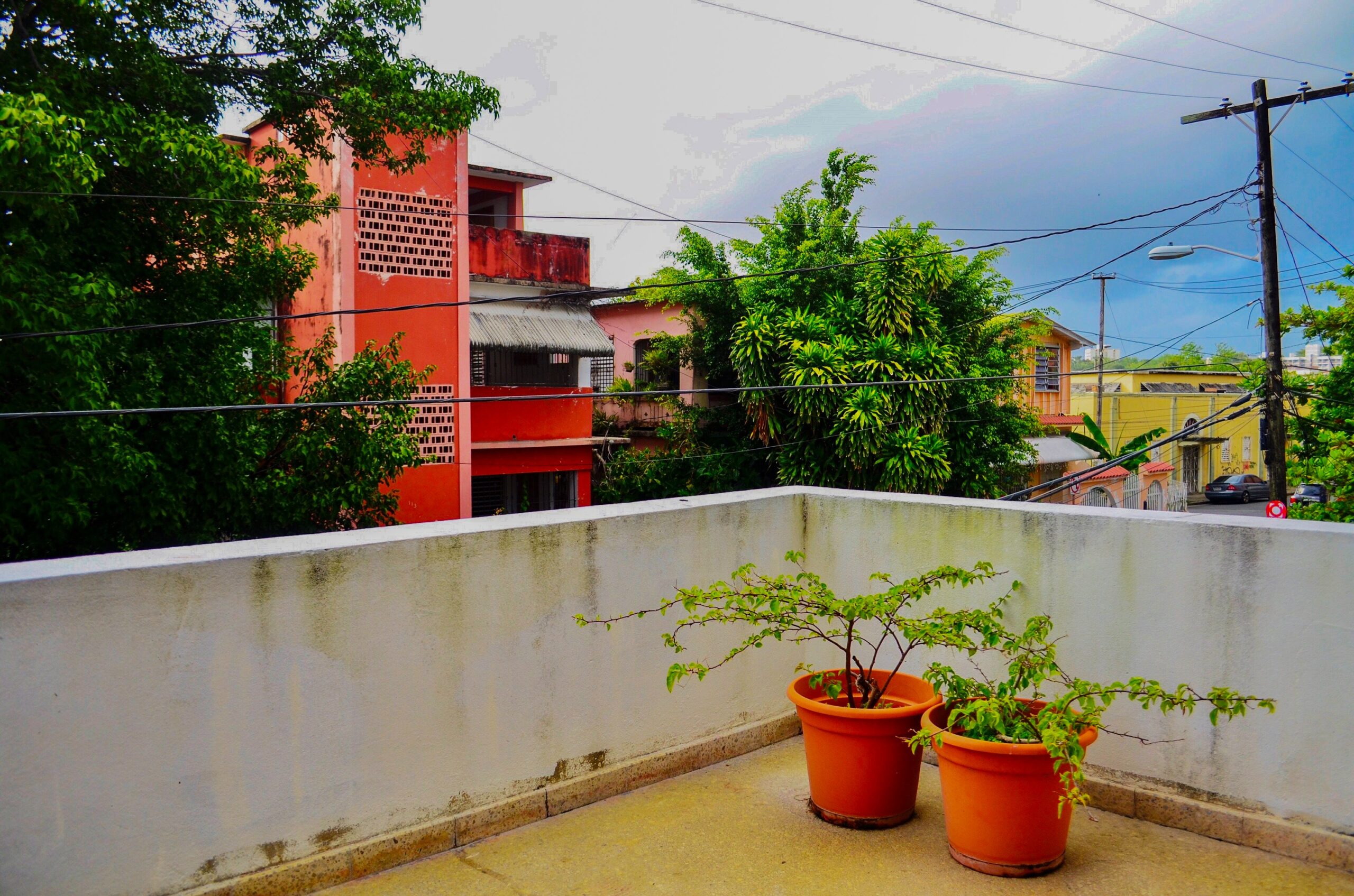Growing your own vegetables can be an incredibly rewarding experience, providing you with fresh, nutritious produce and a sense of accomplishment. For those who live in apartments or have limited outdoor space, a balcony can provide the perfect setting for a small, thriving vegetable garden. In this article, we’ll explore some of the easiest vegetables to grow on your balcony, as well as tips for ensuring a successful harvest.
Benefits of Growing Vegetables on Your Balcony
There are numerous benefits to growing vegetables on your balcony, including:
Improved access to fresh, healthy produce
Growing your own vegetables allows you to enjoy fresh, nutrient-dense produce that hasn’t been exposed to pesticides or other chemicals.
Cost savings
Growing your own vegetables can save you money on groceries, especially if you choose to grow organic produce.
Environmental benefits
Cultivating a balcony garden can help reduce your carbon footprint by minimizing the need for transportation and packaging associated with store-bought produce.
Therapeutic benefits
Gardening is known to provide numerous mental health benefits, including stress reduction, improved mood, and a sense of accomplishment.
Choosing the Right Vegetables for Your Balcony Garden
When selecting vegetables to grow on your balcony, consider the following factors:
Sunlight
Ensure that your chosen vegetables will receive adequate sunlight on your balcony. Most vegetables require at least six hours of direct sunlight per day, but some can tolerate partial shade.
Space
Choose vegetables that can be grown in containers and won’t take up too much space on your balcony.
Climate
Select vegetables that are well-suited to your local climate and can tolerate the temperature fluctuations common in balcony gardens.
With these factors in mind, let’s explore some of the easiest vegetables to grow on your balcony.
1. Leafy Greens

Leafy greens such as lettuce, spinach, and kale are some of the easiest vegetables to grow in containers. They have shallow root systems, making them well-suited for balcony gardens, and can tolerate partial shade. Additionally, many leafy greens are quick to mature, allowing you to enjoy multiple harvests throughout the growing season.
2. Tomatoes

Tomatoes are a popular choice for balcony gardens due to their versatility and delicious flavor. Choose compact, determinate varieties that are well-suited for container growing, such as cherry or patio tomatoes. Be sure to provide your tomato plants with plenty of sunlight, as well as a sturdy support system, such as a tomato cage or trellis.
3. Peppers

Peppers, including sweet bell peppers and hot chili peppers, are another excellent option for balcony gardeners. Like tomatoes, they require plenty of sunlight and can be grown in containers. Choose compact varieties that won’t take up too much space, and be prepared to provide support for taller pepper plants.
4. Radishes

Radishes are a quick-growing, low-maintenance vegetable that can be grown in containers. They have a short growing season, typically maturing in just 30-40 days, allowing you to enjoy multiple harvests throughout the year. Radishes can tolerate partial shade, making them a suitable option for balconies with limited sunlight.
5. Carrots

Carrots can be grown in containers on your balcony, provided you choose a deep container to accommodate their long roots. Opt for shorter, rounder carrot varieties, such as Parisian or Nantes, which are better suited for container growing. Carrots require consistent moisture, so be sure to water them regularly.
6. Herbs

Herbs such as basil, parsley, cilantro, and chives are excellent choices for balcony gardens. They can be grown in small containers, making them ideal for limited spaces, and many herbs can thrive in partial shade. Herbs are also a great option for adding flavor to your home-cooked meals.
Tips for a Successful Balcony Vegetable Garden
To ensure a bountiful harvest from your balcony vegetable garden, follow these tips:
Choose the right containers
Opt for containers with drainage holes to prevent waterlogged soil. Select containers that are deep enough to accommodate the root systems of your chosen vegetables.
Use high-quality potting soil
Invest in a high-quality potting mix that provides the necessary nutrients and drainage for your plants. Avoid using garden soil, as it can become compacted and hinder root growth.
Water consistently
Keep your container plants consistently moist but not waterlogged. Check the soil regularly, and water when the top inch feels dry. Be prepared to water more frequently during hot weather.
Provide adequate sunlight
Ensure your balcony garden receives at least six hours of direct sunlight per day. If necessary, consider using a reflective surface, such as a mirror or a white wall, to increase the amount of sunlight your plants receive.
Fertilize regularly
Container plants require regular feeding to maintain healthy growth. Use a balanced, slow-release fertilizer, and follow the package instructions for application rates and frequency.
Monitor for pests
Keep an eye out for common balcony garden pests, such as aphids and spider mites. Address any infestations promptly with organic or chemical pest control methods, as needed.
Conclusion
In conclusion, growing vegetables on your balcony is not only possible but can be incredibly rewarding. By choosing the right vegetables, providing proper care, and following the tips outlined in this article, you’ll be well on your way to enjoying a bountiful harvest from your very own balcony garden. Happy gardening!


Leave a Reply